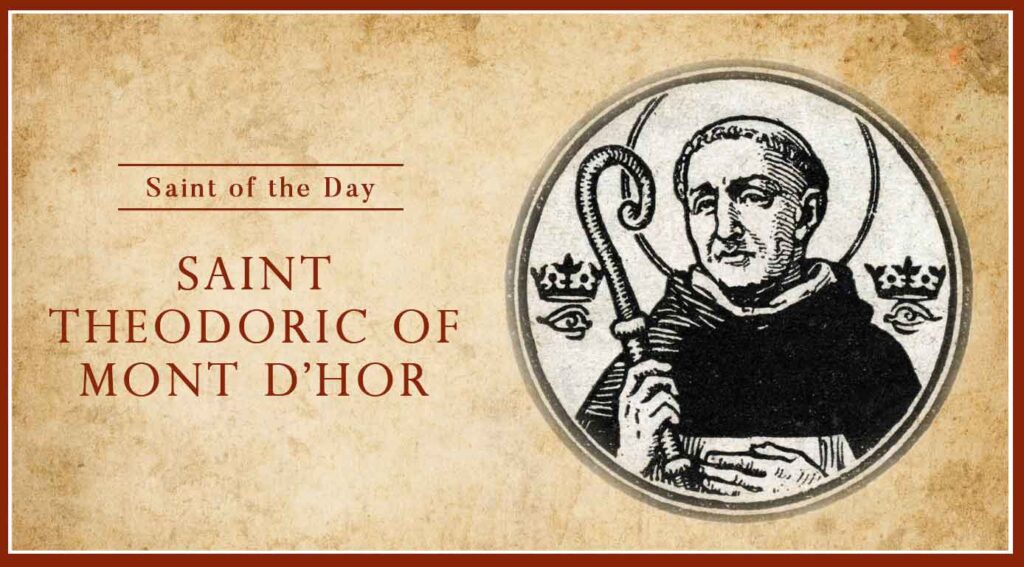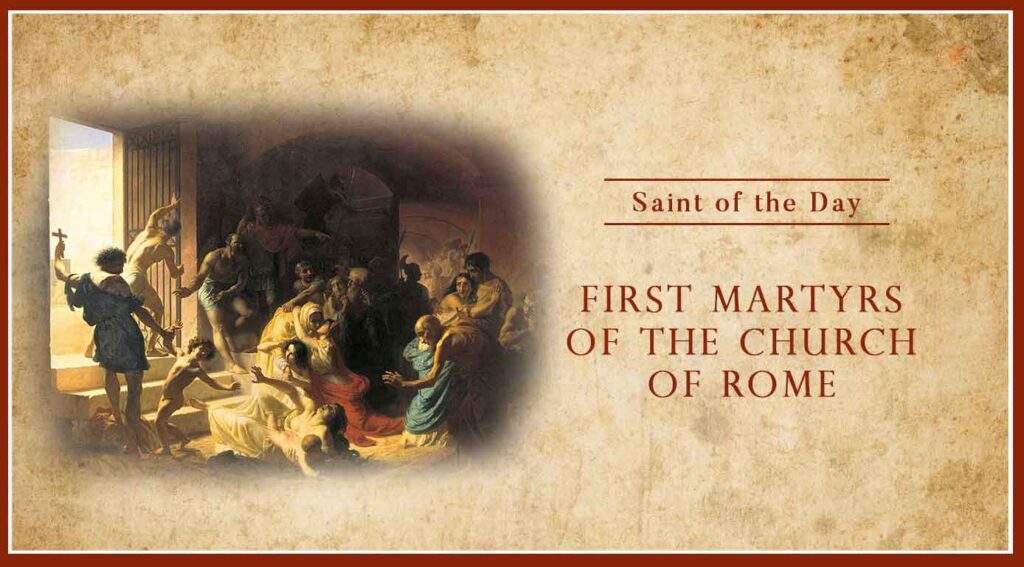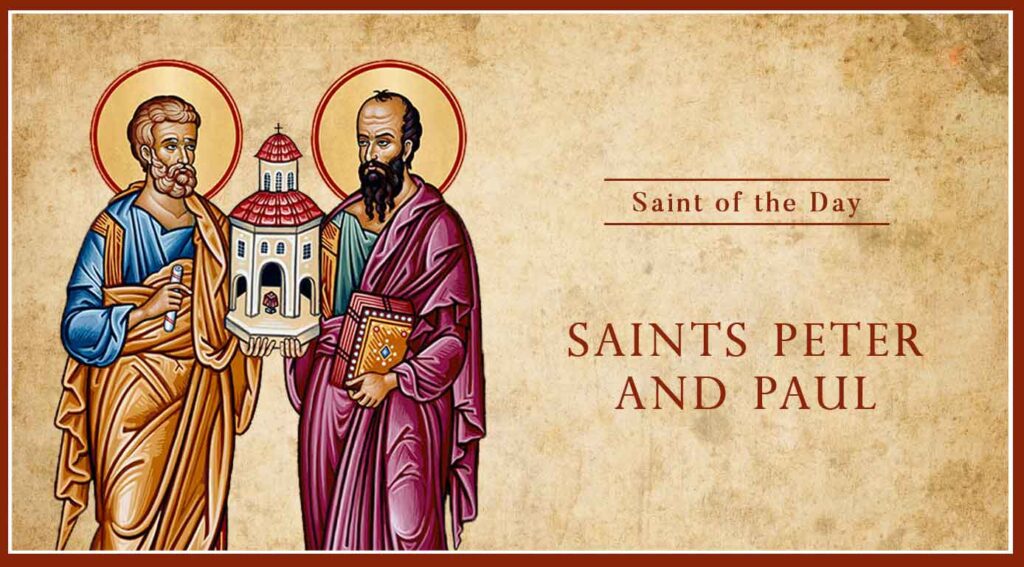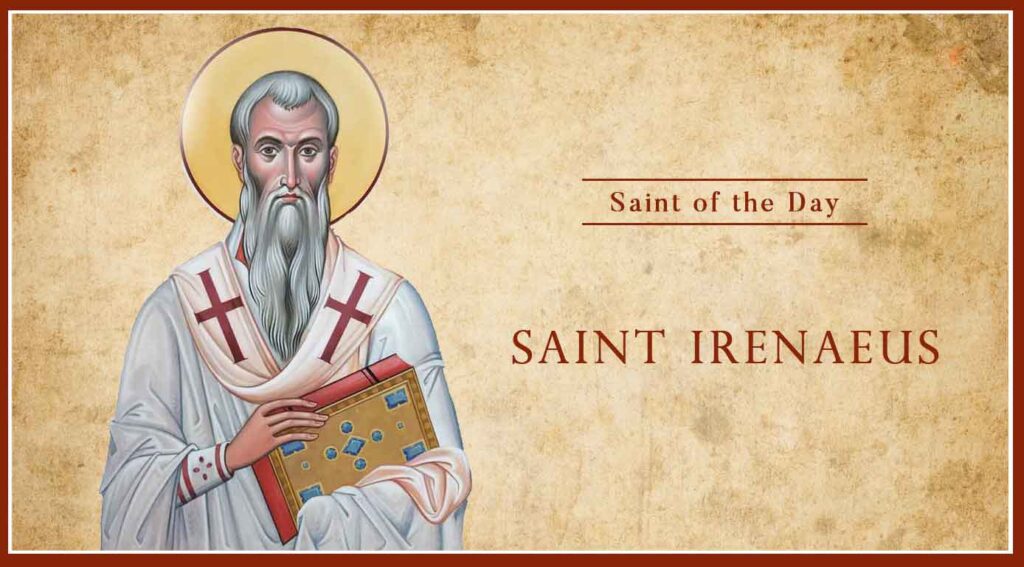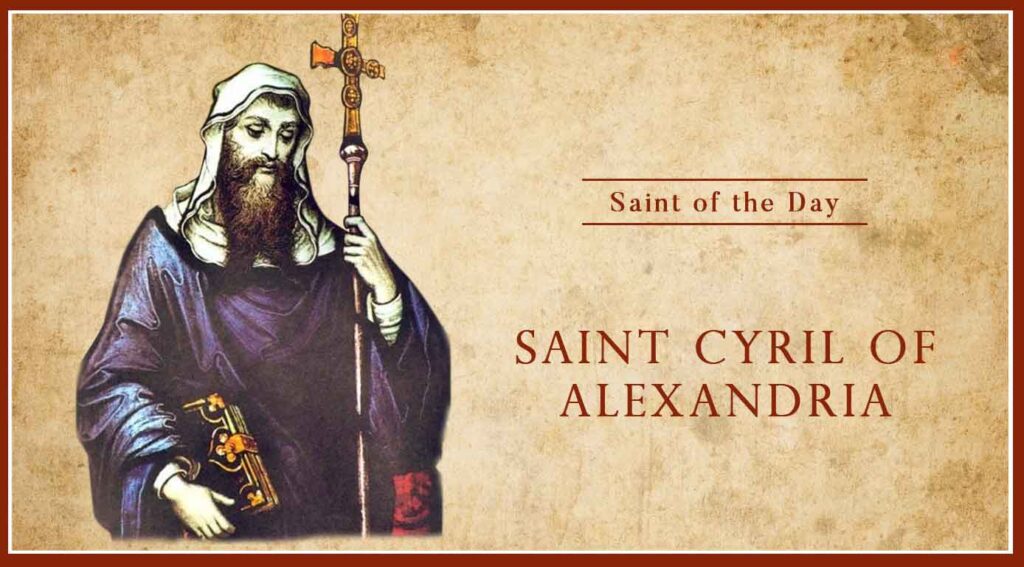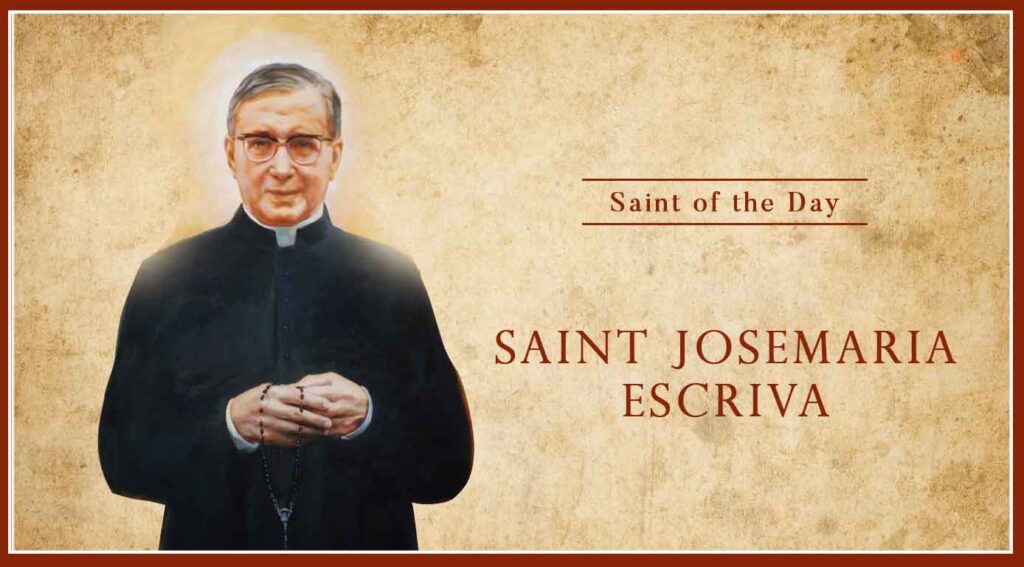Saint Theodoric of Mont d’Hor
Saint Theodoric of Mont d’Hor was born in the district of Rheims. He was a disciple of Saint Remigius who became abbot of Saint-Thierry Abbey.
He became a monk and was made superior of an abbey founded by St. Remigius. After he received holy orders, he became famous for the many extraordinary conversions he did and for converting the sinners to repent. He succeeded as well in converting an infamous house into a nunnery of pious virgins.
King Thierry, son of Clovis, is said to have been cured of ophthalmia by the saint touching his eyes with oil. It is said that King Thierri assisted at his funeral, and esteemed himself honoured in being one of his bearers to the grave. His relics, lest they should be exposed to the impiety of the Normans, were hidden underground, but discovered in 976, and are still preserved in a silver shrine.
Saint Theodoric of Mont d’Hor Read More »


